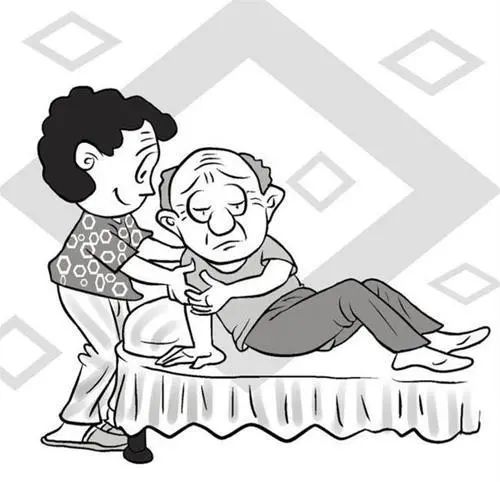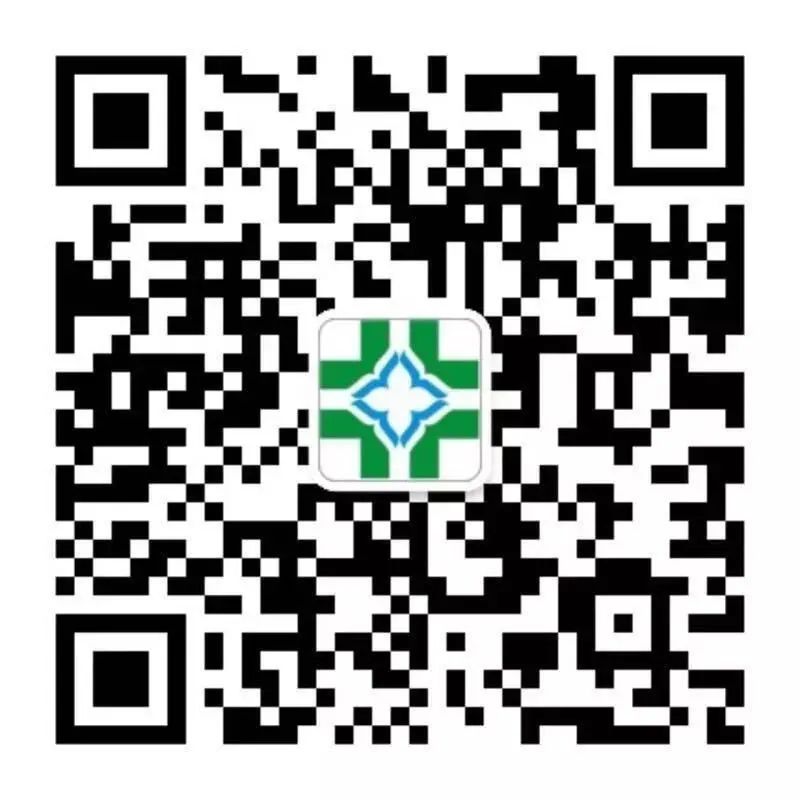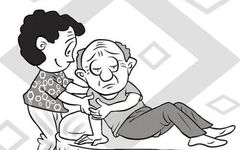The needle therapy characteristic of Traditional Chinese Medicine (TCM) refers to the use of fine needles to stimulate specific acupuncture points on the body through certain techniques, aiming to unblock meridians and regulate the internal organs, thereby achieving the goals of strengthening the body and expelling pathogenic factors to treat diseases. The indications for needle therapy are extensive, used for treating various common and frequently occurring diseases across internal medicine, external medicine, gynecology, and pediatrics.
(1) Stroke (Acute Cerebrovascular Disease)
Stroke is characterized by sudden fainting, loss of consciousness, hemiplegia, facial asymmetry, and speech difficulties, or it may present with facial droop and hemiplegia as the main clinical symptoms without loss of consciousness. The formation of this condition is primarily due to an imbalance of Yin and Yang, or it may arise from emotional distress, overwork, or sexual exhaustion, leading to the stirring of wind and Yang, excessive heart fire, and the combination of wind and fire, causing Qi and blood to rebel upwards; or it may be due to excessive alcohol consumption and indulgence in rich foods, resulting in spleen deficiency with internal phlegm-heat, transforming into fire and stirring wind, with wind-fire and phlegm disturbing the clear orifices, resulting in stroke.
Clinically, it is classified based on the presence or absence of consciousness disturbance into internal organ involvement and meridian involvement; this section mainly introduces needle therapy for meridian involvement.
Treatment Principle: Unblock the meridians, promote Qi and invigorate blood.
Procedure Steps:
Acupuncture Points: Baihui (百会), Fengchi (风池), Quchi (曲池), Waiguan (外关), Hegu (合谷), Huantiao (环跳), Yanglingquan (阳陵泉), Zusanli (足三里). Points can be selected according to symptoms; for foot inversion, add Qiuxu (丘墟) and Tiaohai (透照海); for constipation, add Tianshu (天枢); for speech difficulties, add Lianquan (廉泉).
Needling Technique: Direct insertion with lifting, thrusting, and rotating techniques. For Fengchi (风池), insert the needle at a 45-degree angle towards the tip of the nose, 0.8 to 1.2 inches deep; for Lianquan (廉泉), insert at a 45-degree angle towards the root of the tongue, 0.8 to 1.5 inches deep.
Treatment Course: During the acute phase, needle once daily; during the recovery and sequelae phases, needle every other day, leaving the needles in for 20 to 30 minutes, with 10 sessions constituting one treatment course.
(2) Head Wind (Tension-Type Headache, Vascular Headache)
Headache refers to a condition characterized by pain in the head as the main clinical manifestation. The brain is considered the “sea of marrow,” the head is the meeting place of all Yang and the residence of clear Yang, and the Qi of the five organs and six bowels converges in the head. External pathogens or internal injuries can lead to Qi and blood disturbances, obstructing the brain’s meridians, resulting in headache.
Headaches are divided into two main categories: external and internal causes; this section mainly introduces needle therapy for internal cause headaches.
Treatment Principle: Unblock the meridians and collaterals, promote Qi, invigorate blood, and relieve pain.
Procedure Steps:
Acupuncture Points: Baihui (百会), Fengchi (风池), Hegu (合谷), Taichong (太冲), Touwei (头维). Points can be selected according to symptoms; for Shaoyang headache, add Shuaigu (率谷) and Jiaosun (角孙); for Taiyang headache, add Tianzhu (天柱) and Taiyang (太阳); for Yangming headache, add Zanzhu (攒竹) and Yintang (印堂).
Needling Technique: Head points are often inserted at an angle or horizontally, while limb points are usually inserted directly. For Fengchi (风池), insert the needle at a 45-degree angle towards the tip of the nose, 0.8 to 1.2 inches deep, or insert horizontally to penetrate Fengfu (风府). After insertion, perform lifting, thrusting, and rotating techniques.
Treatment Course: Leave needles in for 30 minutes, needle once daily, with 10 sessions constituting one treatment course.
Appendix: Contraindications for Needle Therapy
1. Pregnant women should avoid needling in the lower abdomen, lumbar region, and points such as Hegu (合谷), Sanyinjiao (三阴交), and Zhiyin (至阴).
2. In children, do not needle the head points before the fontanelle has closed.
3. Do not needle areas with skin infections, ulcers, or tumors.
4. Exercise caution with needling in individuals with a tendency to bleed.


Scan the QR code to follow us
Hengyang Traditional Chinese Medicine Hospital

